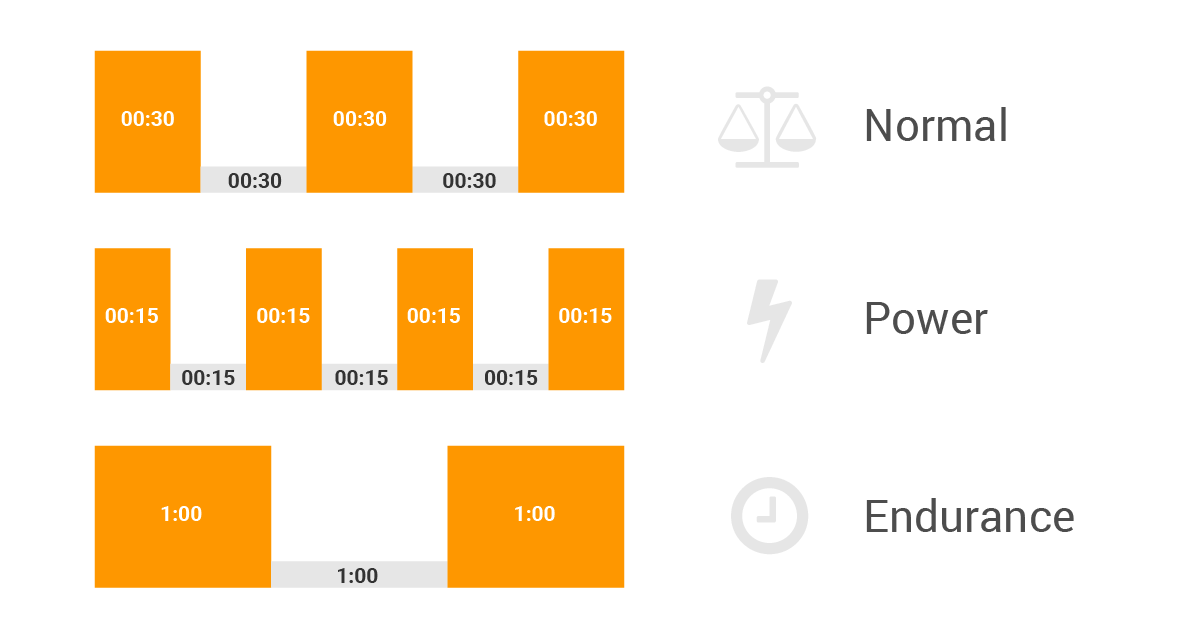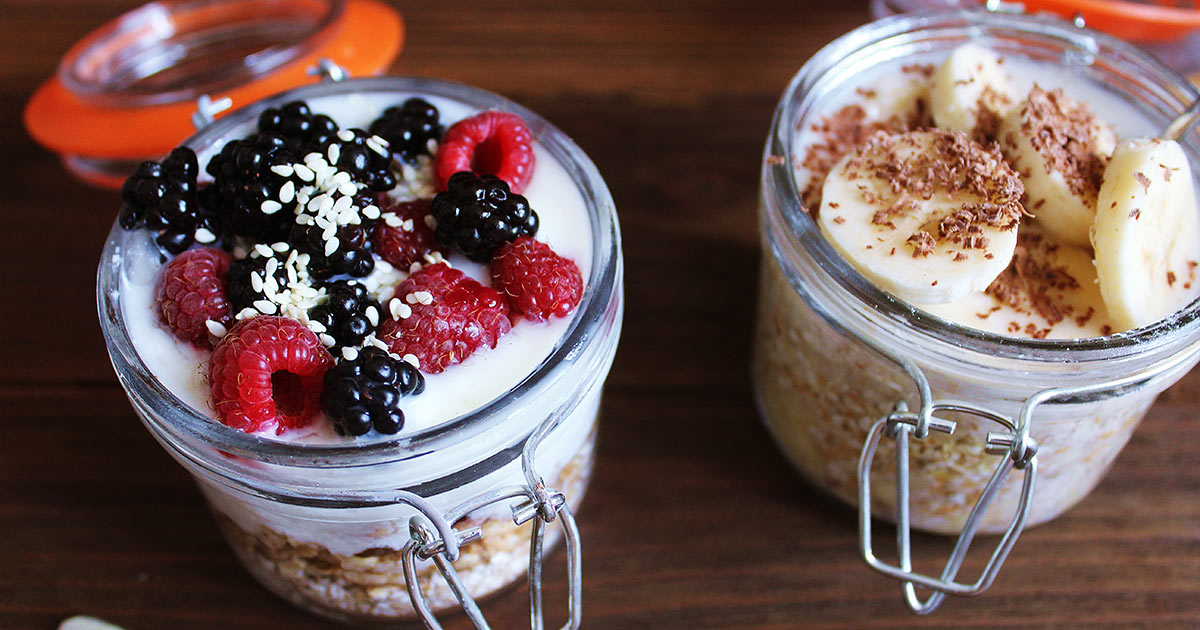High Intensity Interval Training
History of HIIT

HIIT is an acronym for High Intensity Interval Training. First implemented by Finnish Olympic long-distance runner Hannes Kolehmainen as part of his training in the 1920’s. It is now commonly practiced in gyms.
Simply explained, HIIT differs from cardio and strength training by entwining any kind of repetitions. The alternative period of work is immediately followed by rest and so on for a definite time.
Where cardio or endurance is non-stop motion and strength training is static, HIIT combines both, engendering intensity.
Benefits of HIIT
Many global gyms and private studios introduce HIIT types of training within their facilities. It takes the form of boot camp, spinning, cross training etc. Although it can also involve just weights such as kettle bells or cardio elements such as jump rope. The idea is to emphasis the active and rest period.
Weight loss
With great influence on weight management, HIIT has proven to release fight or flight hormones known to activate breakdown of fat (lipolysis).
Aerobic endurance
In regard to cardiovascular adaptation, we probably already heard of VO2Max which is the maximum amount of oxygen one can utilize during exercise performance. When practising HIIT regularly, VO2Max improves significantly.
Metabolism boost
One of the foremost benefit individuals see and seek is metabolic adaptation which impacts EPOC. “As oxygen consumption remains elevated after the session is complete the muscle cells are still working to try and restore their pre-exercise levels. This means there is an increased caloric expenditure continuing after the HIIT session has ended.”
How often should you HIIT?
For Beginners
If we are completely new to fitness then we wouldn’t want to shock our bodies with too much intensity at once. The smart option of scaling applies here. Therefore, instead of doing full push-ups, perhaps start on the knees and pick the lowest weights to accustom our bodies to the movements.
We must aim for a steady breathing pattern first before thinking of increasing loads or difficulty. Once a week is a good frequency to adopt in the beginnings. With the aim of training three times a week spread out within a period of 1 to 3 months.
If you do other workouts
If we have been working out for more than a year, 2 to 3 times a week on a regular basis, it is fine to try HIIT workouts on our own. There are no counter-indications as to how many times a week it is possible to train just as long as we introduce HIIT progressively and pay attention to warm-ups and cool-downs.
Design of a HIIT workout

2 to 4 different movements form a HIIT workout. Each motion is performed every 30 seconds, followed by the same rest time. If the objective is power, it is possible to decrease the time worked to 15 or 20 seconds for greater recruitment of muscles. If the objective is endurance, a minute on, a minute off is suitable.
Pre-and post-workout nutrition with HIIT

A workout can burn up to 500 calories and more, up to 12 hours after that. There is no hiding during an intense workout such as HIIT and taking a break is definitely not an option! For that reason, fuelling is paramount prior to the class and right after it as well.
Pre-workout snacks
A digested meal three hours before the workout and a light snack composed of a handful of nuts, a banana, or Greek yogurt with blueberries.
Post-workout snacks
HIIT defies misconceptions about carbohydrates, and advocates the intake of carbs and protein immediately within a 30-minute window. The reason behind this is the necessity to replace glycogen stores used during the workout, and repair muscles.A whey protein shake is quick to ingest and digest. In the probability of having a snack handy, hummus and pita bread, tuna on rice cakes, Greek yogurt and a banana are our best options.
Sources:
http://www.originfitness.com/knowledge-and-advice/high-intensity-interval-training-hiit-the-beginners-guide/
https://gethealthyu.com/the-beginners-guide-to-hiit/

2 Replies to “High Intensity Interval Training”